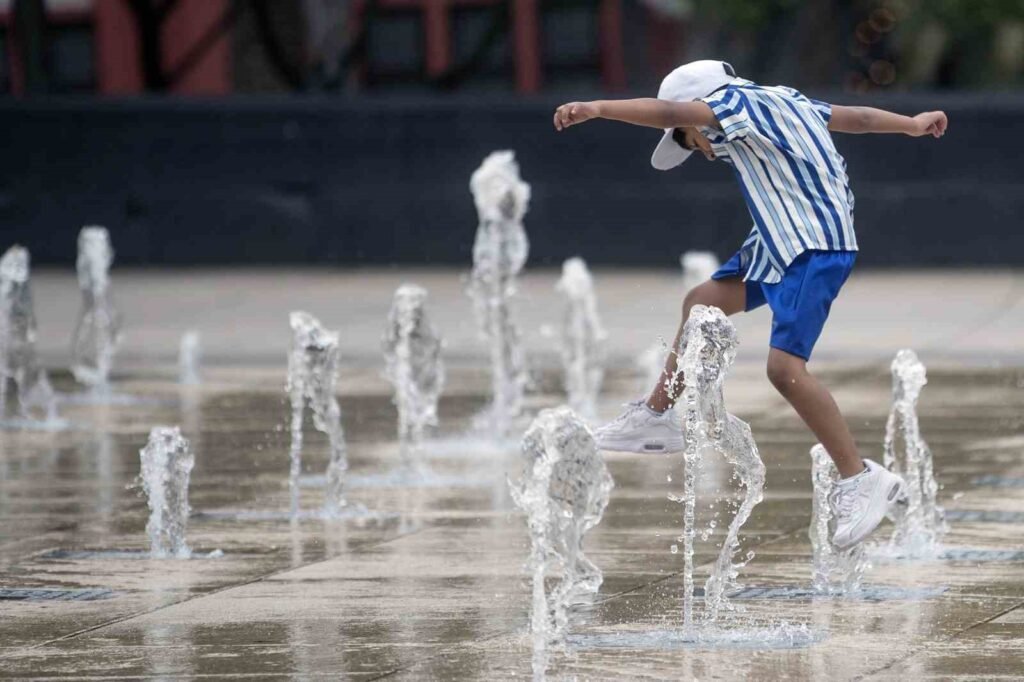Exploring Hand Weaving Techniques of the Middle Ages

The Historical Context of Weaving in the Middle Ages
Weaving has played a pivotal role in the socio-economic framework of the Middle Ages, revealing much about the everyday lives of individuals during this period. This ancient craft was not merely a method of producing textiles; it served as a critical means of expression, trade, and cultural identity. The significance of weaving can be traced back to the fact that textiles were essential commodities, highlighting their importance in the daily lives of people from various social backgrounds.
Throughout the Middle Ages, hand weaving was predominantly conducted in homes and local workshops. This decentralized nature of production meant that weaving techniques and styles often varied by region, reflecting local customs and resources. As a result, the textiles produced not only served practical purposes such as clothing and household items but also functioned as markers of status and identity within communities. Weavers across Europe adapted their methods based on available materials, local demand, and cultural influences, leading to a dynamic and diverse tapestry of weaving practices.
Trade was another crucial aspect influencing weaving during this era. The rise of towns and trade routes fostered economic growth, allowing for the exchange of goods and knowledge. Weavers began to adopt new techniques and styles inspired by the influences of different cultures encountered through trade. Additionally, advancements in technology, such as the development of the treadle loom, enhanced the efficiency and complexity of hand weaving. These innovations allowed artisans to create more elaborate patterns and higher-quality textiles, reinforcing the economic viability of weaving as an industry.
The intersection of these socio-economic and cultural factors underscores the evolution of hand weaving techniques throughout the Middle Ages. As the demand for textiles grew, so too did the sophistication of weaving practices, ensuring that this art form remained an integral part of medieval life.
Overview of Common Hand Weaving Techniques
During the Middle Ages, hand weaving emerged as a fundamental craft, producing intricate textiles that served both practical and decorative purposes. Among the various techniques employed, tapestry weaving stands out due to its intricate artistry. This method involves weaving colored threads to create elaborate images and patterns, often depicting scenes from history or mythology. Craftsmen utilized a loom, where the warp threads are tightly secured, allowing weft threads to be passed back and forth, resulting in a dense fabric. Tapestry weaving required not only technical skill but also an artistic vision, making it a highly regarded technique during this period.
Another significant technique was brocade, characterized by its raised patterns achieved through supplementary weft threads. This form of weaving typically used a drawloom, enabling the creation of stunning designs that often incorporated gold or silver threads for added richness. Brocade fabrics were popular among the nobility, serving as markers of wealth and status. The complex nature of brocade weaving required both precision and creativity, resulting in exquisite textiles that adorned garments and furnishings alike.
Plain weaving, arguably the most fundamental of the hand weaving techniques, involved crossing two sets of threads—warp and weft—at right angles. This straightforward method produced sturdy fabrics, such as linen and wool, essentials for everyday wear. While plain weaving may seem rudimentary in comparison to tapestry and brocade, it laid the foundation for various other techniques and was essential for the production of practical items needed by the populace. The versatility of plain weaving allowed for an array of textures and patterns, showcasing the ingenuity of medieval weavers.
Throughout the Middle Ages, these hand weaving techniques not only fulfilled functional requirements but also represented the cultural and artistic expression of their creators. Each method embodied the skill and dedication of the artisans, contributing to the diverse tapestry of medieval life.
Materials and Tools Used in Medieval Hand Weaving
Medieval hand weaving was characterized by the use of various natural materials and specialized tools, which were fundamental to the weaving process. The most common fiber types used during this period included wool, linen, and silk. Each of these materials possessed distinct characteristics that influenced the texture, durability, and appearance of the woven fabrics. Wool, for instance, was favored for its warmth and elasticity, making it an ideal choice for garments and blankets. Linen, derived from the flax plant, offered strength and a cool feel, often utilized in the production of summer clothing and household textiles. Silk, though more expensive, was prized for its luxurious sheen and softness, frequently reserved for the wealthy or for special occasions.
The production of these fibers involved meticulous preparation, beginning with the sourcing of raw materials. Sheep were raised for wool, while flax plants were cultivated for linen. The harvesting process was labor-intensive, requiring careful handling and processing to create usable fibers. For wool, this included shearing, cleaning, carding, and spinning, while linen required retting, breaking, and scutching before it was ready for weaving. The craftsmanship displayed in these preparatory steps underscores the skills possessed by medieval weavers, who relied heavily on their understanding of both material characteristics and traditional techniques.
In addition to fibers, several specialized tools were essential for medieval hand weaving. The loom, a significant piece of equipment, could range from simple backstrap looms to more complex upright looms, allowing weavers a certain degree of versatility and efficiency. Shuttles were used to carry the weft yarn through the warp threads, and additional tools like heddles and warp weights aided in the manipulation of threads during weaving. The careful selection of materials and the use of these tools not only facilitated the production of textiles but also fostered a vibrant weaving culture that played a crucial role in the economy and society of the Middle Ages.
The Legacy of Medieval Weaving Techniques in Modern Times
Medieval hand weaving techniques have profoundly influenced contemporary textile arts, creating a bridge between historical craftsmanship and modern practices. The traditional methods not only reflect the artistic expressions of past civilizations but also serve as foundational techniques that contemporary artisans employ today. This legacy is evident in the resurgence of handwoven textiles, as we see a growing appreciation for the aesthetic and functional qualities that these materials provide.
Artisans around the world are actively engaged in preserving and adapting these medieval techniques, ensuring that the skills required for hand weaving are not lost to time. Many craftspeople incorporate traditional patterns and styles into their work, breathing new life into age-old practices. This process not only honors the history of weaving but also invigorates contemporary textile design by allowing for innovation grounded in tradition. The focus on heritage crafts has led to increased interest in custom-made, handwoven goods, marking a significant shift in consumer preferences towards unique, artisanal products.
Sustainable fashion plays a crucial role in this revival. As modern consumers become increasingly conscious of the environmental impact of fast fashion, they turn to handwoven textiles crafted through age-old techniques that emphasize ethical production. These textiles often utilize natural fibers and sustainable dyes, reducing the ecological footprint compared to mass-produced alternatives. The current trend towards supporting artisans fosters an appreciation for the time-intensive nature of hand weaving, promoting not only sustainable practices but also the narratives behind each piece.
Moreover, educational initiatives and workshops dedicated to medieval weaving techniques are emerging globally, creating opportunities for new generations to learn and engage with these crafts. In conclusion, the legacy of medieval weaving is not merely a historical footnote; it is a vibrant aspect of modern textile arts that continues to inspire and evolve, fostering a deeper connection between artisans, consumers, and the traditions that shape our understanding of craftsmanship.






